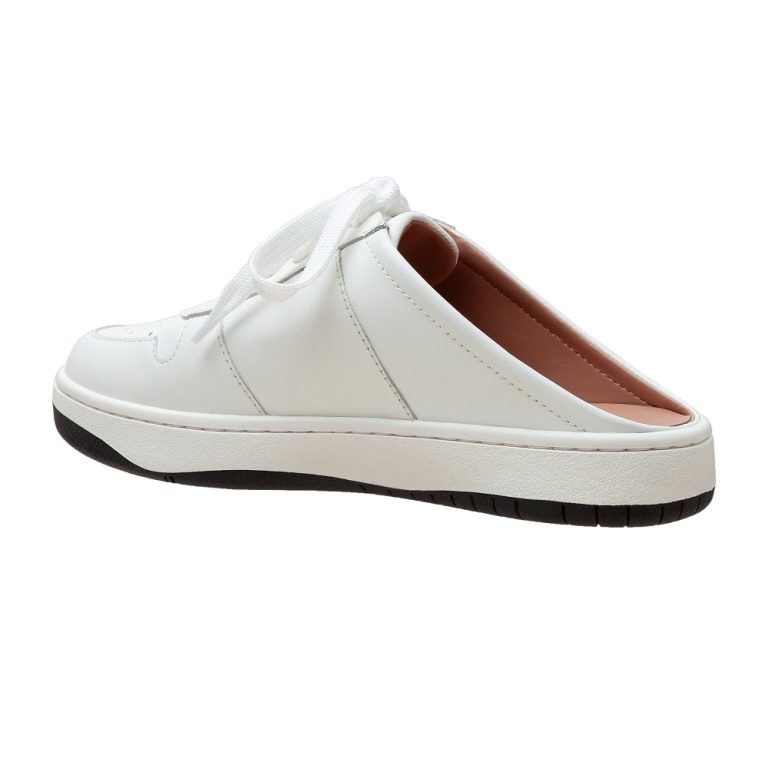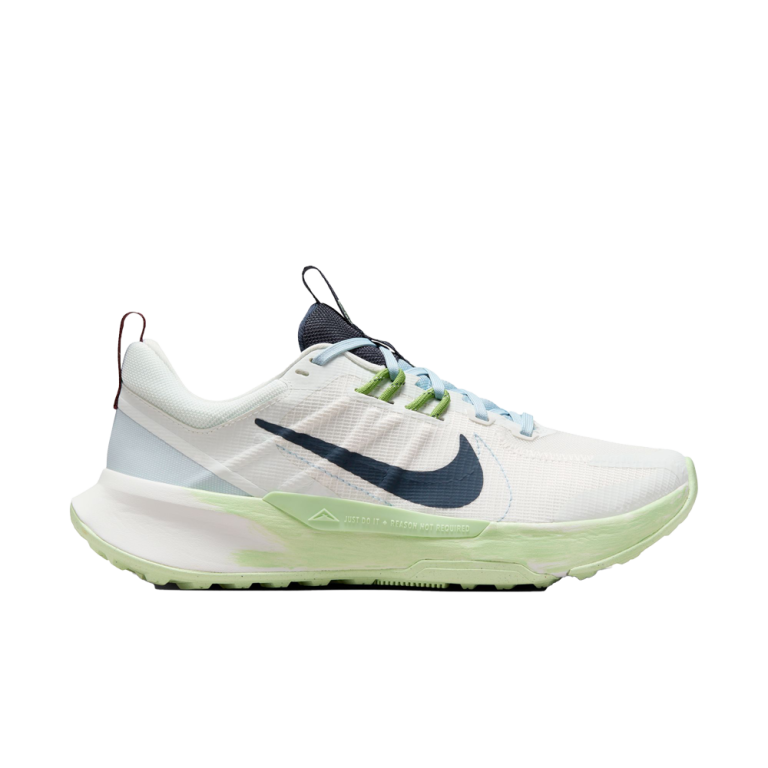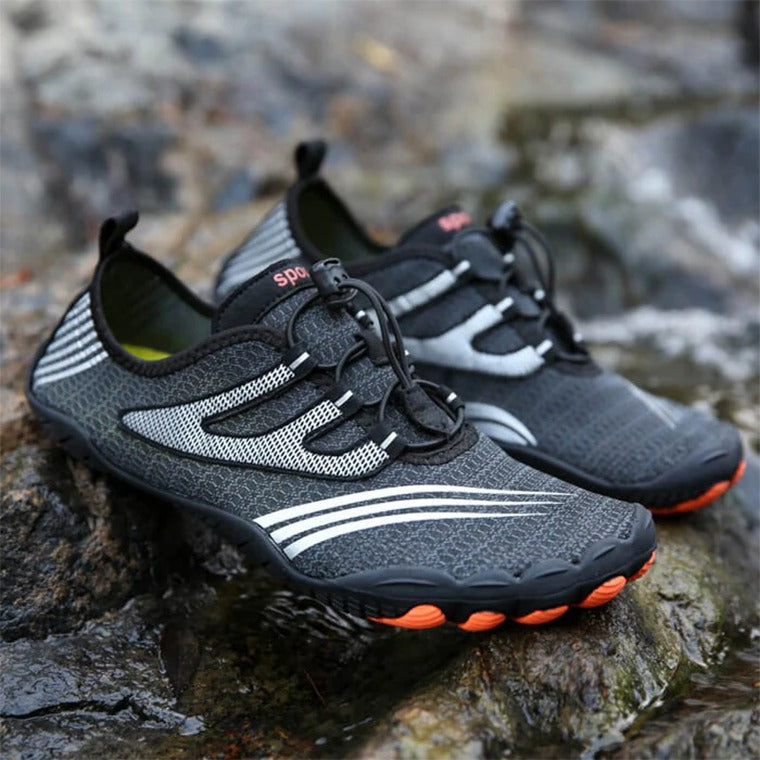
Low Drop Running Shoes: How to Find the Best Fit for Your Needs
What Are Low Drop Running Shoes?
Low drop running shoes are popular among runners seeking natural movement and improved mechanics. They differ from traditional shoes by having a lower heel-to-toe drop, impacting how your foot strikes the ground.
Definition of Heel-to-Toe Drop
Heel-to-toe drop refers to the height difference between the heel and the forefoot. Most running shoes have a drop of 8-12mm. Low drop shoes typically range from 0-6mm. This smaller drop encourages a midfoot or forefoot strike, promoting natural strides and reduced reliance on the heel.
Difference Between Low Drop and Traditional Running Shoes
Traditional running shoes cushion the heel and emphasize heel-first strikes. They often feature high drops for comfort. Low drop shoes support a forward or central foot strike. They aim to replicate barefoot running mechanics, offering a closer connection to the ground. This structural contrast can lead to better stability and improved running performance for many athletes.

Benefits of Drop Running Shoes
Low drop running shoes offer a range of benefits for runners of all levels. Their design promotes better alignment, efficiency, and foot function, leading to a more natural running experience.
Improved Running Mechanics
Low drop running shoes encourage a midfoot or forefoot strike. This natural stride minimizes shock on the heel and promotes efficient energy transfer. They help runners feel more in tune with their movement, which can boost overall performance. The closer connection to the ground improves the body’s biomechanics and balance.
Enhanced Stability and Balance
With a lower heel-to-toe drop, these shoes provide greater ground contact. This enhanced connection helps you maintain better stability over uneven surfaces. Low drop shoes improve your posture and promote natural alignment during runs. The balance gained can reduce the risk of improper foot placement.
Potential for Injury Prevention
Low drop running shoes reduce reliance on the heel for striking. This reduces the repetitive stress on your joints, particularly the knees. By promoting proper alignment, they may help prevent common injuries like shin splints and plantar fasciitis. Many runners report fewer overuse injuries after transitioning to low drop footwear. However, transitioning gradually is key to fully reaping these benefits.

Factors to Consider When Choosing Drop Running Shoes
Selecting the right low drop running shoes involves multiple factors. Each runner’s needs and goals differ.
Types of Running Surfaces
Consider where you will be running. For road running, look for shoes with smoother soles. These ensure better performance on paved surfaces. If you run on trails, choose shoes with rugged soles. They provide better grip and stability on uneven terrains. For mixed surfaces, hybrid shoes are a great option. They balance durability and flexibility.
Shoe Cushioning and Support
Cushioning level impacts comfort and performance. Low cushioning offers better ground feel but might feel hard. High cushioning absorbs impact and suits long-distance runs. Support is vital for arch types. Runners with flat feet need better support. Neutral arch runners can opt for less structured designs. Choose a balance that feels natural to you.
Personal Running Style and Preferences
Your running style guides shoe choice. Midfoot and forefoot strikers benefit most from low drop shoes. Heel strikers may take time to adjust. Consider your preferences for fit and flexibility. Test shoes to ensure they align with your comfort needs. Lightweight shoes work best for speed. Heavier ones offer more stability and durability.
Evaluate these factors carefully. The right choice ensures comfort, safety, and better running efficiency.
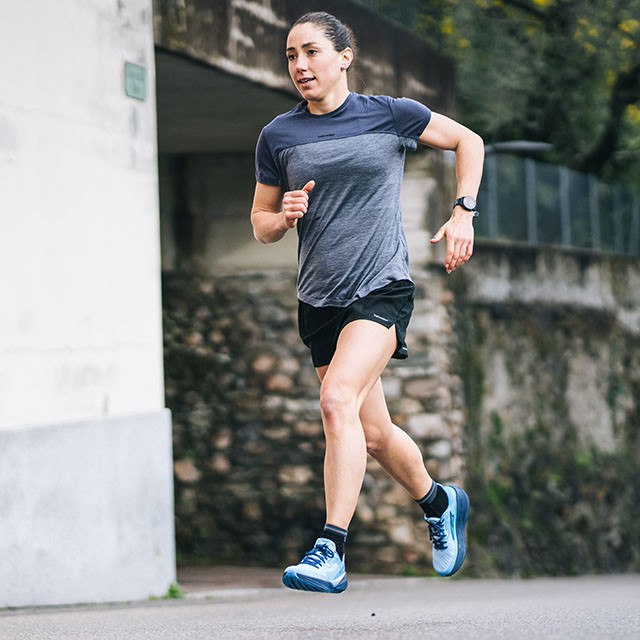
Top Features to Look for in Drop Running Shoes
Choosing the right low drop running shoes involves understanding key features that enhance performance and comfort. These features ensure a better running experience while maintaining durability and support.
Breathability and Material Quality
Breathability plays a vital role in keeping your feet cool during runs. Look for shoes made with lightweight and breathable materials like engineered mesh or knit fabrics. They allow proper airflow, reducing sweat and discomfort. High-quality materials also ensure durability, helping your shoes last through rigorous use. Check for tear-resistant fabrics and seamless construction for added comfort.
Sole Durability and Traction
The sole of a shoe impacts its longevity and performance. Durable soles withstand wear from daily runs and challenging terrains. Prioritize shoes with high-quality rubber or EVA soles for flexibility and resilience. Traction is particularly crucial for stability. Opt for soles with patterns designed for grip on various surfaces. If you run on trails, ensure the outsoles are rugged for better stability on uneven ground.
Proper Fit and Comfort
A proper fit ensures that your shoes support your natural stride. Choose shoes that hug your feet but aren’t too tight. Comfort is essential to avoid soreness or injuries. Look for features like padded collars, insoles, and wide toe boxes for additional comfort. Take your running style into account when selecting flexibility and support levels. Testing shoes before purchase helps guarantee the perfect fit.
Common Myths About Drop Running Shoes
Low drop running shoes come with a lot of misconceptions. Let’s clear up some of these myths.
Misconceptions About Transitioning
Many believe transitioning to low drop running shoes is too hard or risky. This isn’t always true. With gradual adaptation, most runners can switch safely. Start by using the shoes for short distances. Let your body adjust to the new mechanics over time. Some think their running style will change instantly. However, it often takes weeks to adapt fully. Consulting an expert or coach can also ease the process. Proper planning avoids injuries and ensures a smoother transition.
Are Low Drop Shoes Only for Professional Runners?
Another myth is that low drop running shoes are only for elite or professional runners. This is far from the truth. These shoes work for anyone aiming for natural movement. Beginners can use them to improve form and balance. Recreational runners find them beneficial for reducing impact injuries. Professional runners might optimize performance with them, but they’re suitable for all skill levels. The key is finding the right pair that fits your needs and goals.
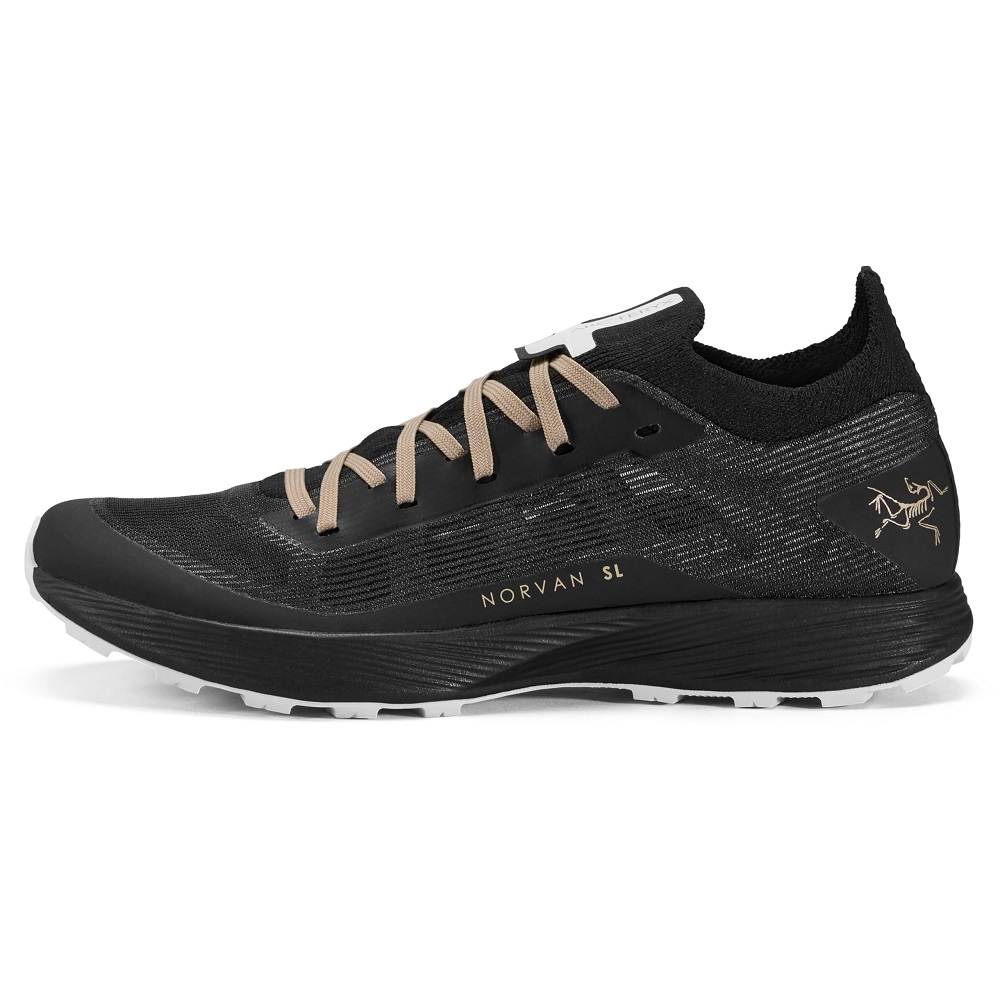
Transitioning Safely to Drop Running Shoes
Switching to low drop running shoes requires preparation and care. A gradual approach ensures safety and comfort. Avoid rushing to prevent injuries and support your body’s adaptation process. Following proper steps will make the transition smoother.
Tips for First-Time Users
- Start Gradually: Begin by wearing low drop shoes for short runs or walks. Gradually increase use over weeks.
- Focus on Form: Pay attention to your running mechanics. Aim for a midfoot or forefoot strike.
- Stretch and Strengthen: Strengthen your calves, feet, and ankles with specific exercises. Stretch to improve flexibility.
- Alternate Shoes: Use your traditional shoes on some runs. Alternate until your body adjusts.
- Listen to Your Body: Discomfort is normal at first, but avoid pain. Take breaks if needed.
Transitioning safely is key to reaping the benefits of low drop running shoes.
Training Routines for Adaptation
- Mixed Workouts: Alternate between low drop shoes and traditional ones during workouts. Gradually increase the proportion of time spent in low drop shoes.
- Short Intervals: Incorporate short intervals of running in low drop shoes within longer runs. This helps your muscles adapt.
- Hill Training: Practice uphill runs carefully. Hills engage different muscles and improve strength.
- Cadence Training: Focus on maintaining a higher cadence with shorter strides. This minimizes impact forces.
- Recovery Runs: Use low drop shoes on slow recovery runs. These runs help your body adjust without strain.
Stay consistent with these routines for a smooth and effective transition. Respect your limits to prevent injuries. Gradually, your body will adapt to the new running mechanics.
Best Drop Running Shoes on the Market
Choosing the best low drop running shoes can greatly enhance your running experience. With so many options available, it’s crucial to select a pair that meets both your performance needs and budget considerations. Let’s explore some of the top choices on the market.
Top Picks for 2023
- Altra Escalante 3: Altra is well-known for its zero-drop running shoes. The Escalante 3 offers a plush ride with a lightweight, breathable upper. Its improved midsole promotes natural foot movement, making it ideal for both long runs and daily training.
- Saucony Kinvara 13: With a 4mm drop, this shoe is perfect for runners seeking a balance of comfort and ground connection. It features lightweight construction, excellent grip, and responsive cushioning, suitable for speed and distance runs alike.
- Hoka One One Torrent 3: If trail running is your passion, this shoe delivers. Featuring a low drop and aggressive traction, it provides stability on uneven terrains. It’s lightweight yet durable, ensuring support during challenging runs.
- Salomon Sense Ride 5: A great option for runners tackling varied terrains. Its 4mm drop and robust outsole offer excellent traction and cushioning. The shoe is perfect for both trail and city runs with enhanced durability.
- On Cloudflow: This shoe is for runners prioritizing versatility and comfort. It features a 6mm drop and CloudTec sole technology, offering smooth transitions and energy return across various surfaces.
Budget-Friendly Options
- New Balance Fresh Foam Arishi V4: A low drop design combined with affordability makes this shoe a top pick. It features Fresh Foam cushioning and a breathable mesh upper, great for everyday runs.
- ASICS Gel-Venture 8: This is a trail running favorite among budget-conscious runners. With a sturdy outsole, it handles uneven terrains well, and its lower price point doesn’t compromise on quality.
- Merrell Vapor Glove 5: For minimalist runners, this is an excellent choice. It provides a barefoot experience at a reasonable price. The zero-drop design encourages natural alignment and enhances ground feel.
- Skechers GOtrail 2: This affordable trail shoe includes a 4mm drop and water-resistant features. It offers decent grip and cushioning, ideal for beginners venturing into trail running.
- Topo Athletic ST-3: With a 0-drop platform, this budget-friendly shoe is great for short runs and gym workouts. Its minimalist design ensures flexibility while maintaining support for natural strides.
Finding the right low drop running shoes ensures optimal performance without straining your budget. Consider your running goals, surface preferences, and fit to make an informed choice.
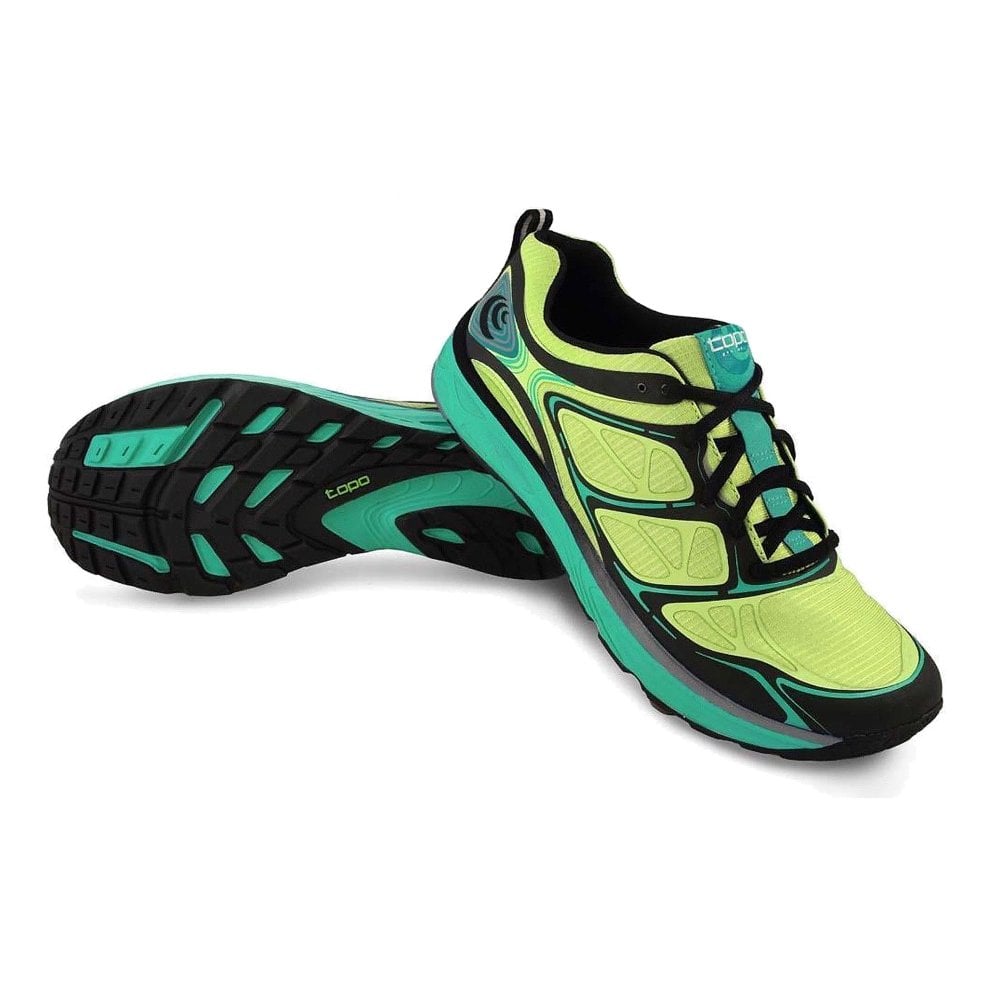
Maintenance and Care for Drop Running Shoes
Proper maintenance extends the life of your low drop running shoes. Regular care ensures optimal performance and hygiene. Follow these tips to keep your shoes in great condition.
Cleaning and Storage Tips
- Clean Gently After Each Run: Remove dirt and debris after every run. Use a soft brush for best results. For tougher stains, use a mild soap solution and a cloth or sponge.
- Avoid Machine Washing: Hand-cleaning is safer than machine washing. Machines may damage the shoe structure.
- Dry Shoes Naturally: Air-drying is essential. Avoid placing shoes in direct sunlight or near heat sources.
- Remove Insoles to Dry: Take out the insoles to prevent moisture buildup. Let them dry separately.
- Deodorize Regularly: Use a baking soda sprinkle or shoe deodorizer to remove odors.
- Store Properly: Keep shoes in a cool, dry place. Avoid stuffing them into cramped spaces, as this can deform their shape.
When to Replace Your Shoes
- Check for Wear and Tear: Inspect the soles and upper material regularly. Replace when significant wear is visible.
- Track Mileage: Replace shoes every 300–500 miles depending on use frequency and running surface.
- Pay Attention to Comfort: Replace if your shoes feel uncomfortable or lose support.
- Look for Flattened Cushioning: Worn-out cushioning may increase impact on your joints. This signals it’s time for a new pair.
- Monitor Performance Decline: If you feel more joint pain or fatigue during runs, consider replacing your shoes.
Regular care and timely replacement ensure the longevity and safety of your low drop running shoes.
Embrace the Benefits of Low Drop Running Shoes
In conclusion, low drop running shoes offer numerous benefits for those seeking to enhance their running experience. With a focus on a more natural running style and improved biomechanics, these shoes can make a significant difference in comfort and performance. As you explore different options, consider your foot type, running style, and preference for cushioning to find the perfect fit.
The transition process may require patience and listening to your body. By gradually incorporating low drop shoes into your routine, you can optimize your performance and possibly decrease the risk of injury. With the right care and maintenance, low drop running shoes can become a valuable part of your running gear, allowing you to embrace every mile with confidence and enjoyment.
